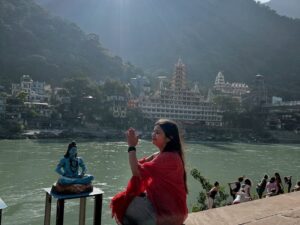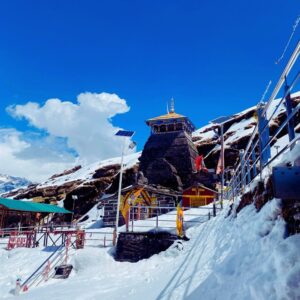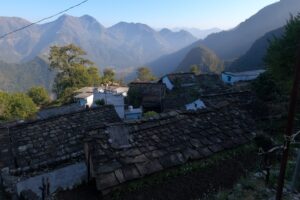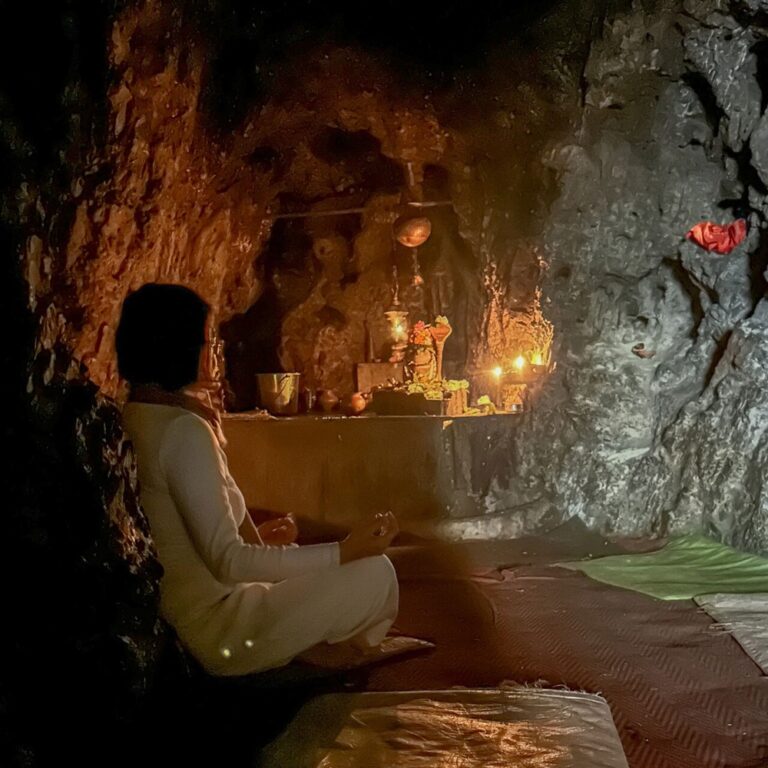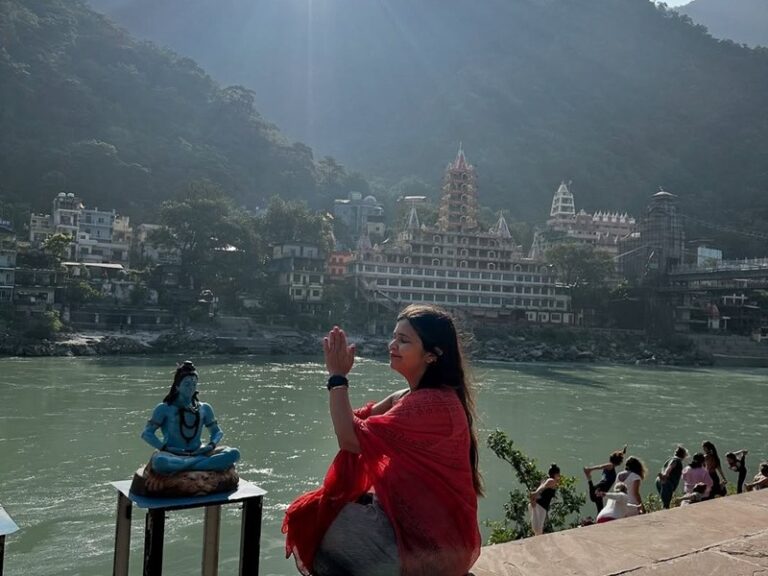Discover Ayodhya Temples: Exploring Festivals and Ghats on the Saryu River
Ayodhya temples, with its rich historical and spiritual heritage. Explore revered Ayodhya temples like Ram Janmabhoomi, Hanuman Garhi, and Kanak Bhawan, where ancient myths and legends come alive. Immerse yourself in the tranquility of the Saryu River at Guptar Ghat and witness breathtaking views from Mani Parbat.
Ayodhya’s cultural tapestry awaits you with its temples, ghats, and monuments. Plan your pilgrimage or cultural expedition to Ayodhya temples and captivating visiting places now!
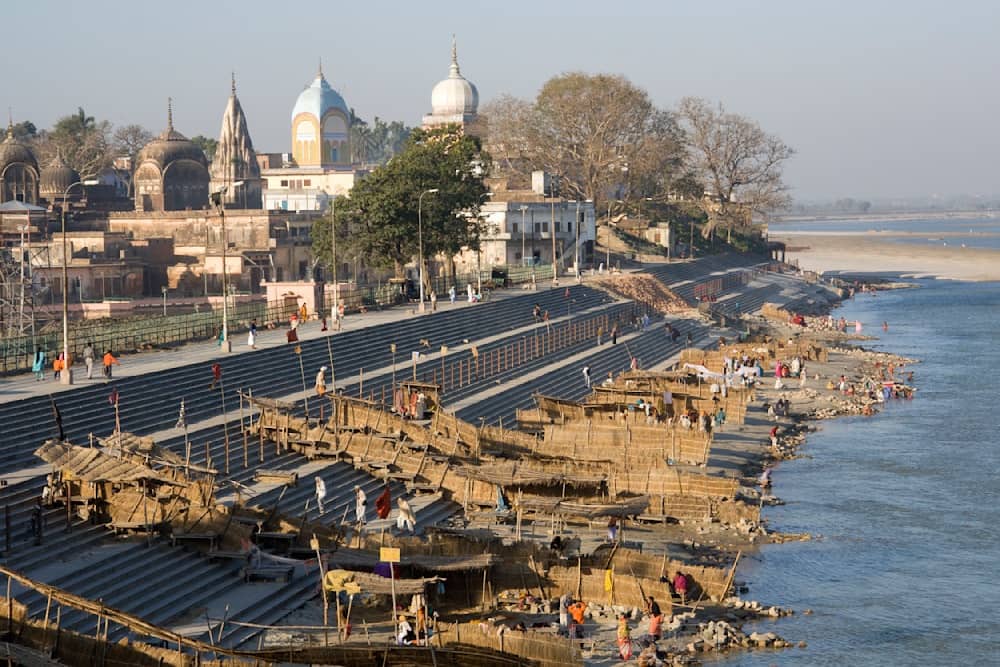
Overview : Ayodhya Temples
Ayodhya, the sacred city of Lord Ram, beckons pilgrims and history enthusiasts alike. Embarking on a divine odyssey, I set foot in Ayodhya temples, eager to explore its revered temples that hold the echoes of timeless myths and devout devotion. Join me on this enchanting journey as I uncover the spiritual treasures of Ayodhya temples.
Ram Janmabhoomi ( Ayodhya Temples )
Ram Janmabhoomi is a holy place and is the birthplace of Lord Ram, a significant Hindu deity. According to the ancient Indian epic Ramayan, Lord Ram is the seventh incarnation of Lord Vishnu. He spent his childhood along the Sarayu River in Ayodhya. This place holds great importance and is highly revered by Hindu devotees.
Suggested Read: Saryu Aarti Timings: Explore Saryu Ghat Aarti Time

Hanuman Garhi ( Ayodhya Temples )
Hanuman Garhi, situated in Sai Nagar, is a temple devoted to the Hindu God, Hanuman. This ancient temple, dating back to the 10th century, holds significant importance in Ayodhya. It is a customary practice for devotees to visit Hanuman Garhi before going to the Ram Temple in Ayodhya. Lord Hanuman resides at this temple location and serves as a guardian to Ayodhya.
Suggested Read: Places to visit at Ayodhya: A list of Top Attractions

Kanak Bhawan ( Ayodhya Temples )
Kanak Bhawan, also known as Sone-ka-Ghar, is located in Tulsi Nagar, towards the northeastern corner of Ram Janmabhoomi. This sacred temple built in 1891, is dedicated to the Hindu deities Lord Rama and Goddess Sita. Devotees visit this holy site to pay their respects and seek blessings from the divine couple.
Nageshwarnath Temple,
The Nageshwarnath Temple is next to the Theri Bazaar in Ayodhya. This temple stands for the local deity, Lord Nageshwarnath. According to belief, this temple was established by Lord Rama’s son, Kush or Kusha. Devotees visit this sacred site to honor and seek blessings from Lord Nageshwarnath.
Suggested Read: Saryu Aarti Timings: Explore Saryu Ghat Aarti Time
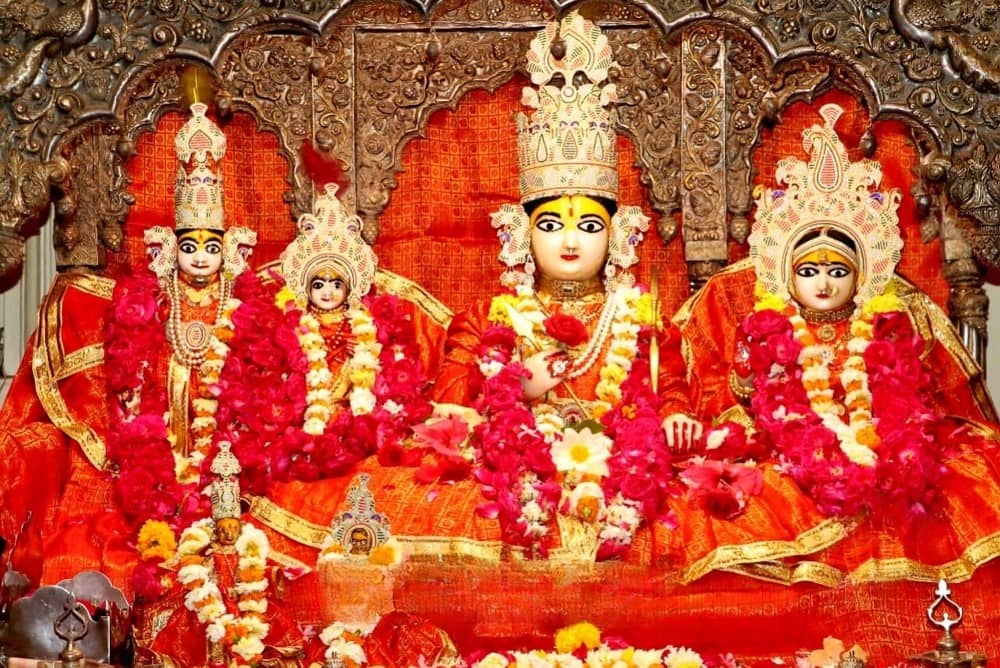
Treta Ke Thakur ( Ayodhya Temples )
Nestled along the Naya Ghat in Ayodhya, the Treta Ke Thakur Temple is a place of divine significance. Inside the temple, you will find several idols, including those of Lord Ram, Sita, Lakshman, Hanuman, Bharat, and Sugreev. This temple is a revered site where devotees come to pay their respects and seek blessings from the divine deities.
Choti Chawni,
Choti Chawni, also referred to as Valmiki Bhawan or Maniramdas Chawni. It is a splendid building. It is crafted entirely from white marble. Its exquisite beauty is truly mesmerizing, making it a must-visit destination. The intricate design and architectural brilliance of Choti Chawni leaves visitors in awe, offering a serene and spiritually uplifting experience. Whether you are a devotee or an admirer of fine craftsmanship, this magnificent structure promises a memorable and enriching visit.
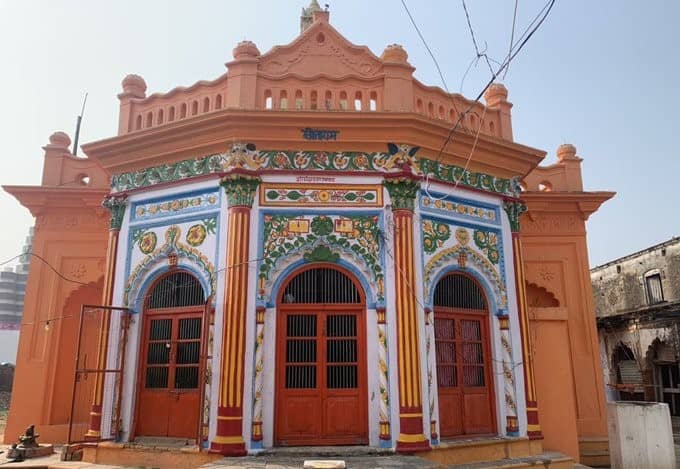
Sita ki Rasoi ( Ayodhya Temples )
Located on the north-western side of Ram Janmabhoomi in Rajkot, Ayodhya, Sita ki Rasoi holds great historical significance. This sacred site is an ancient kitchen used by goddess Sita herself. Over time, it has been transformed into a temple where visitors can witness exhibit vessels.
Among the two revered kitchens dedicated to Sita, this particular Sita Ki Rasoi is in the basement. Its proximity to Ram Janmabhoomi adds to its spiritual aura, making it a cherished destination for devotees and history enthusiasts alike.
Tulsi Smarak Bhawan
Tulsi Smarak Bhawan, a tribute to the revered 16th-century saint-poet Goswami Tulsidas, holds immense historical significance. It is the very place where Tulsidas composed the epic Ramcharita, a masterpiece in Indian literature. The Smarak not only features a vast library, brimming with rich literary works but also accommodates the esteemed ‘Ayodhya Research Sansthan,’ a research center for scholars and enthusiasts. This cultural landmark stands as a testament to Tulsidas’s legacy and attracts visitors keen on exploring the profound impact of his writings on Indian literature and spirituality.

Raja Mandir ( Ayodhya Temples )
Raja Mandir, situated on the banks of the Ghaggar River (Sarayu) in Guptar Ghar, Faizabad, holds a rich tapestry of mythological stories. This ancient temple is famous for idols of several Hindu deities. Gracefully adorned in silken fabrics and intricate jewelry.
The captivating allure of Raja Mandir attracts devotees and history enthusiasts alike, making it a cherished destination to delve into the spiritual and cultural heritage of the region.
Ram Katha Park,
Ram Katha Park, located in Ayodhya, is a picturesque park offering a serene and spacious environment. The park features open-air theatres and meticulously maintained lawns, making it a perfect setting for various activities and events. Spread across a vast area, Ram Katha Park serves as a popular venue for devotional programs, cultural performances, religious gatherings, dance performances, poetry recitals, and Katha sessions.
Visitors can immerse themselves in the spiritual and cultural ambiance of the park, making it a cherished destination for both locals and tourists alike.

Dashrath Bhavan
( Ayodhya Temples )
Dashrath Bhavan, situated in the heart of the city of Ramkot Ayodhya, Faizabad, holds immense historical and religious significance. This stately building was the original residence of King Dashrath, the revered ruler of Ayodhya and the father of Lord Sri Ram. Affectionately known as Bada Asthan or Badi Jagah, the Dashrath Mahal houses magnificent shrines dedicated to Lord Ram, preserving the legacy of this ancient king and his divine son.
The site is a cherished destination for devotees and history enthusiasts, offering a glimpse into the esteemed lineage of Ayodhya’s royal past and its association with Hindu mythology.

Guptar Ghat
A revered site in Faizabad near Ayodhya holds a sacred position on the banks of the River Sarayu, also known as Ghaggar. Devotees flock to this ghat, where a flight of steps leads them to the holy river for spiritual rituals and offerings. In the past, Guptar Ghat stood adjacent to the colonial Company Gardens, which has now been transformed into the tranquil Gupta Ghat Van.
This serene environment adds to the spiritual ambiance of Guptar Ghat, making it a cherished destination for seekers of tranquility and devotion.
Mani Parbat
Mani Parbat, a small hillock nestled in Kami Ganj, Ayodhya, rises about 65 feet above sea level. Besides offering a spectacular city viewpoint, this hillock holds historical significance. It houses a stupa constructed by Emperor Ashoka, a testament to Ayodhya’s rich Buddhist heritage.
Additionally, a Buddhist monastery graces the site, adding to its spiritual ambiance. For visitors, Mani Parbat offers a blend of natural beauty, cultural heritage, and historical marvels, making it a must-visit destination in Ayodhya.
Conclusion
My journey through Ayodhya’s sacred temples was nothing short of a divine odyssey. Each temple whispered stories of devotion, love, and ancient legends that have withstood the test of time. Ayodhya’s spiritual aura, combined with its rich historical treasures, is a testament to the profound significance of this holy land in Hindu mythology.



